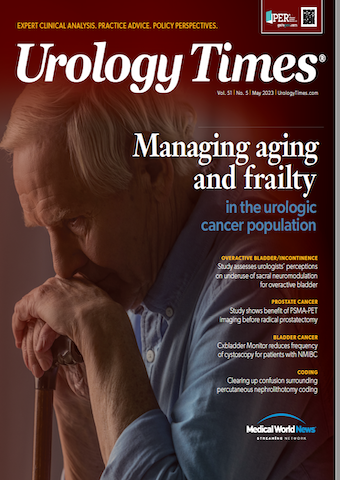Publication
Article
Urology Times Journal
Malpractice Consult: Breaking down what a trial is (and isn’t)
Author(s):
What plays out in real-life courtrooms differs greatly from those on television.
Kenton H. Steele, Esq

The urologist’s office and the courtroom share 1 thing in common: If all goes according to plan, you won’t be present in either. However, as we all come to learn, very little in life follows the script we write. In fact, what happens in the urologist’s office could be what leads someone to end up in a courtroom. Although the courtroom and the concept of trial can be an intimidating notion for many individuals, this article and the articles that follow will demystify the trial process through explaining each of the major components of a trial: jury selection, opening statements, direct examination, cross examination, and closing arguments. By offering a peek behind the curtain on the legal strategizing and procedural steps that shape each component of a trial, the process can be better understood. However, before we discuss the specifics of a single trial, let’s first examine the concept of trial as a whole.
In its simplest form, a trial is a formal examination of evidence before a judge (and typically before a jury) to decide guilt in a criminal case, or liability in a civil proceeding. For a case to reach a trial, an individual must bring a complaint against at least 1 defendant. However, the time between when that complaint is filed and the jury being sworn can range anywhere from a few months to many years. In that time, thousands of documents may be exchanged with the other side, witnesses are deposed, key pieces of evidence are inspected, experts review the case and offer opinions on the facts, and among other things, both sides discuss possible resolutions to the case that would avoid the expenditure of time and resources associated with a trial entirely. By the time a case reaches a courtroom for the first day of trial, both sides should be fully aware of every factual detail and dispute in the case while also having a general idea of how the opposing party intends to present their case.
One of the biggest misconceptions about trial is how much drama takes place during the presentation of the average case. All of us are familiar with an episode of a television show, a chapter of a book, or an entire movie predicated on courtroom drama. This leads individuals to expect things like surprise witnesses bursting through the courtroom door, lawyers revealing a surprise piece of evidence, or a witness suddenly changing their testimony. Without completely breaking the illusion, these things do not generally happen. Trials are a very planned and calculated series of events, and although the elimination of surprise and preventing trial by ambush certainly curtails the amount of drama, it better preserves the concept of justice by allowing all parties a chance to properly respond and prepare for the arguments and evidence the opposing party presents. When done correctly, a trial should involve both parties playing out the best hand they have.
Although it may seem like a long and arduous ordeal, a trial is really a series of smaller tasks that both sides prepare for months in advance. One of the first tasks is determining who will be on the jury that will consider the evidence and make the decision on who will win the case. As you can imagine, this is a crucial step in the process. It is often said that many cases are won and lost before any evidence is presented because of the jury selection process. The process and legal strategies associated with jury selection will be the focus of our next column in this series.




























